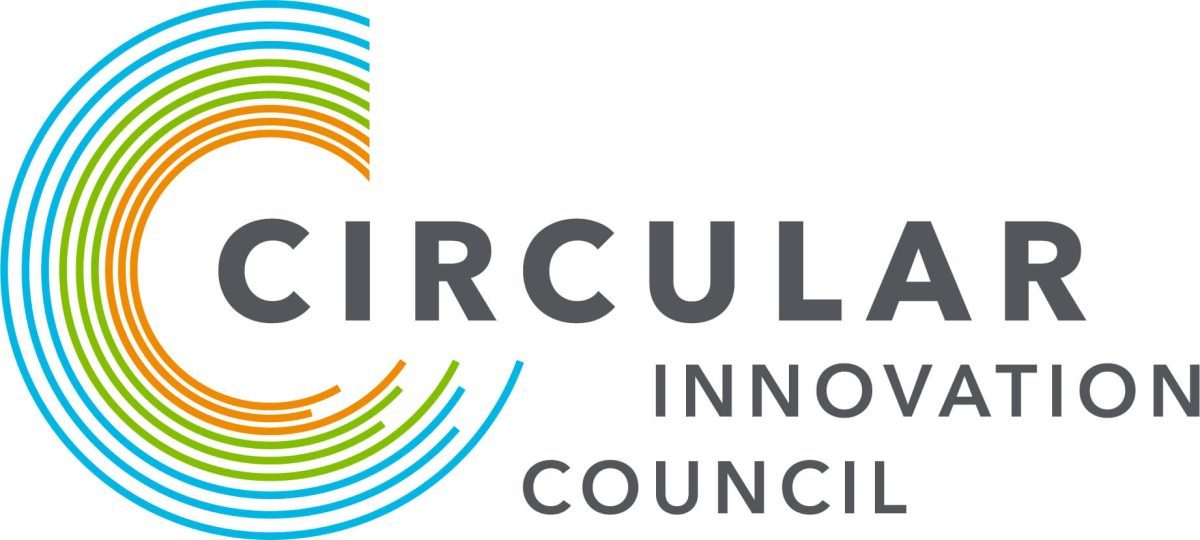
The transition to zero-emission vehicles (ZEVs) is critical to meeting Canada’s 2030 climate commitments. However, there may be unintended consequences for repair, a critical activity in a circular economy. Access to parts, tools, and manuals necessary for car repair has long been a basic expectation for consumers, a right that may very well change with ZEVs.
A typical combustion engine has 200 parts compared to a ZEV’s 20. New designs and the digitization of vehicles reliant on proprietary software may lead to reduced access to repair options. Specifically, access to specialized tools and diagnostic software is not readily available to aftermarket repairers.
The solution may lie in an innovative circular economy business model that’s beginning to take hold: access over ownership.
When manufacturers retain vehicle ownership to critical parts like batteries, operational costs — inspections, repair, and replacement — remain their responsibility. In this example, manufacturers may also be incentivized to invest in global battery recovery and recycling infrastructure, the critical and most expensive component of an EV.
As quickly as ZEVs are evolving, so too is the opportunity to redefine our relationship to them and other goods — investing not in the product itself, but rather leveraging the value it brings. Our future lies in a transition to a circular economy. Access over ownership provides the solution to consumer access to both EV technology and ensuring that EVs maintain a long functioning life.
Innovating Canada
We respectfully acknowledge that we live, work and play on the traditional territory of many Indigenous Nations and we humbly extend our respect to Indigenous individuals, communities and Elders, past and present, as the traditional custodians of this land.
Circular Innovation Council is a registered charity.
Charity Registration Number: 119112118 RR 0001